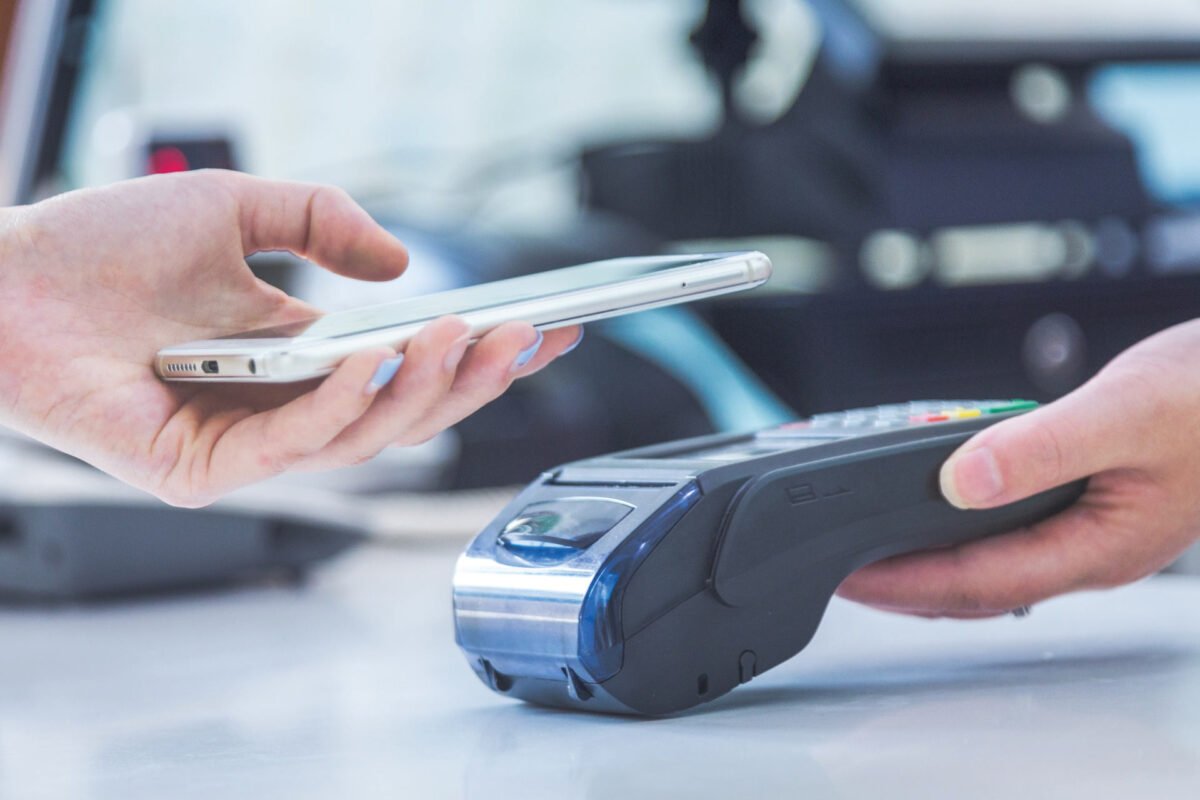The pandemic might have finally killed cash. Digital and contactless payments saw a swift rise in the past couple of years, with 59% of consumers saying they used contactless payments more often during the pandemic.
While many businesses still accept payment by cash and check, more consumers are now familiar with digital payments and increasingly prefer them. Some 71% intend to use cashless or contactless payments moving forward, and 73% say the type of payment options influence their final purchase decision when comparing two businesses.
This throws a wrench in the strategy of many SMBs, which try to win the local marketplace on the caliber and quality of service they provide. Quality alone no longer makes sales or keeps customers, especially if it’s less convenient to do business with you.
People don’t buy from Dominos or Pizza Hut because it’s better than their local pizzeria. They do it because it’s more convenient — Alexa or Siri can order a pizza for them. You could be an amazing landscaper, but if customers think it’s hard to pay you every month, they’re going to get frustrated. These micro-moments of consumer frustration lead them to see what else is out there. You open the door for your competitors.
By adopting digital and contactless payments, you can give customers the options they want and increase your revenue opportunities. Digital payments have been on the rise for years, but we’ve reached the point where SMBs can no longer afford to ignore them. Here’s how to get started.
Give customers the payment experience they want
When asked which form of paying customers used for services like home remodeling, legal services, a gym or personal trainer, childcare, medical spa work, or regular home services, most preferred digital, contactless options, where 61% said they used a debit card and 56% said a credit card. The third most preferred option was payment apps like Venmo and PayPal, at 33%. Physical payments were a distant fourth, at 25%.
This preference is especially true for purchases over $1,000. Some 64% of surveyed consumers said they prefer digital payments for larger services like home repair or medical treatments. That number is even higher among millennials (68%) and Gen Z (71%). What’s more, digital payments give consumers an extra layer of protection from poor service and
shoddy products, as well as fraud, with more than three-quarters (77%) of customers believing that using a credit card online is just as safe or safer than paying in person.
For many, however, it’s not just safety, but convenience. The easier the payment process, the more likely customers will enjoy the service or product and the purchasing process itself.
How to choose a payment processor
Moving to digital payments can help you cater to customer preferences and increase revenue, but not all payment providers are created equal. It’s important to vet the payment processors you’re considering and select the best one for your needs. Here’s how:
- Figure out what your business needs. Not all payment processors work for all businesses, especially SMBs — read the terms closely. Consider multiple payment options based on the average transaction amount that gives you and your customers flexibility, and keep an eye on fees and assess how they would affect your bottom line.
- Find options best for you and your customers. Beyond swiping a card, what types of payment processing would be most convenient? Do you need an online portal? The ability to scan credit cards on a mobile device? A payment terminal? Look for payment processors with options and make sure they’re compatible with the devices and operating systems you use. Also, consider how long it’ll take to receive the payments and whether you’re willing to pay more to expedite the transaction or save through options like an Automated Clearing House (ACH) transfer.
- Check up on service and security. If you do business outside 9-to-5, make sure your payment processor does too, just in case you ever have an issue accepting payment. Check reviews, seek out recommendations, and look for options that have customer service available 24/7. More importantly, investigate whether the processors you’re considering have ever experienced data breaches or whether they offer additional features like fraud security.
Offering digital payment is the first step in a larger digital transformation
The switch to digital payments is driven by necessity as more consumers expect and prefer these methods. But it’s also just the start of a larger digital transformation that can help SMBs operate more efficiently, better serve customers and improve profitability.
Convenience doesn’t stop with payments. Customers want easy scheduling, easy communication, and a speedy, professional experience. To meet increased expectations, more SMBs are starting their digital transformation, adopting cloud-based tools and platforms to reduce costs, automate tasks and increase the flexibility of their operations.
By automating appointment scheduling and reminders, follow-up communications, and ongoing marketing
through email and text messages, SMBs can keep customers happy and gain back time to focus on the passion of their craft.
Whether you’re already on your way or just starting to shift from cash and checks, now is the time to get started as consumers increasingly prefer and expect digital payments.

Ryan Cantor
Ryan Cantor, Chief Product Officer, leads the Thryv product and engineering teams and is responsible for the vision and execution of platform improvements and enhancements in alignment with corporate strategy. Ryan joined Thryv after working with N2 Publishing leading their product effectiveness and scaling improvement efforts. Prior to his tenure at N2 Publishing, Ryan served as Vice President/GM at hibu, where he led the explosive growth of a new community-focused product to over $50M ARR in under 18 months. Before joining hibu, Ryan worked as a general manager for Apple, where he assisted with the launch of the first iPhone and iPad. He has also held leadership positions at AOL and Target. Ryan received his Bachelor of Arts from the State University of New York and his MBA from Clarkson University.



